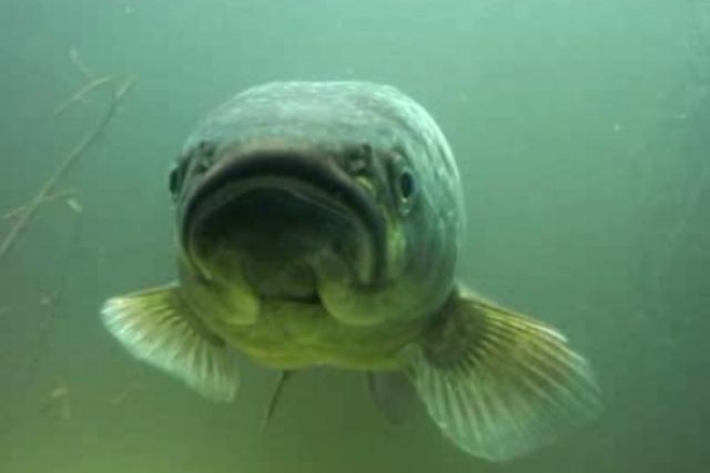-

Poor recruitment
A problem with recruitment is usually indicated by the absence, or very low density, of fish where they would normally be present. -

Restoring physical stream habitat
Fish species thrive in a variety of different habitats. -

Guide to restoring freshwater native fish in streams
-

Lake Rotorua sediment-capping trial
Research ProjectMany New Zealand lakes are suffering from nutrient enrichment, causing potentially toxic blooms of blue-green algae. NIWA is testing a range of methods to manage phosphorus release from lake sediments – including sediment-capping agents. -

CLUES – Catchment Land Use for Environmental Sustainability model
The Catchment Land Use for Environmental Sustainability (CLUES) model is being transferred from the ArcMap GIS environment to ArcGIS Pro and we are looking for volunteers to help test the new model interface with a limited Beta release of the model. -

Risk assessment of contaminants in traditional food sources
Research ProjectGathering, eating and sharing wild kai (food) has always been a very important part of Māori culture and wellbeing - this research project aimed to characterise the risks associated with consuming kai collected from rivers, lakes and coastlines. -

Framework for interoperable freshwater models
Research ProjectThis project involves the development of a computer-based framework for freshwater models. The framework will be tested to proof-of-concept stage.


